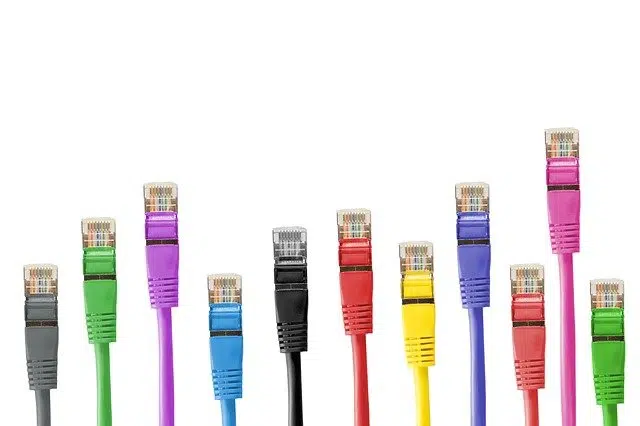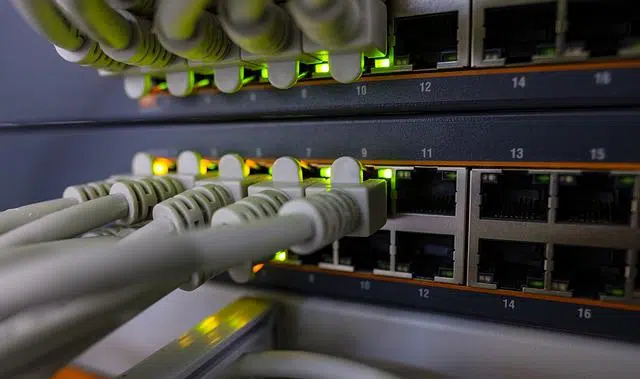
A network cable is an element that allows you to connect different computers and IT equipment.
Before entering fully into the meaning of the term at hand, it is necessary to know the etymological origin of the two main words that give it shape:
– Cable comes from Latin, specifically from “capulum”, which can be translated as “rope”.
– Red , on the other hand, also derives from Latin. In his specific case, it emanates from “rete”, which is what a mesh of thread that was used for fishing was called.
What is a network cable
A cable is a cord that is made up of different conductors, which are insulated from each other. This cord is usually protected by a wrapper that gives it resistance and flexibility. A network , on the other hand, is a network made up of different nodes.
The physical element that allows different computers ( computers ) and other computing devices to be connected to each other is called a network cable or connection cable . Network cables can link two computers directly or make the connection between a device and a router or switch .

There are different types of network cables.
Example of use
Let's take the case of a company that wants to establish a computer network to facilitate communication between its workers. With this objective, all the company's computers are connected to a router through different network cables.
This allows the physical link between the computers and the router (also called a router , a device that routes data packets). The network cable makes it possible for digital information to reach the router, which in turn allows the interconnection of the equipment. This way, if an employee wants to consult a document on his or her computer that is saved on another worker's computer, he or she can do so through the company network.
Network cable types
Currently we come across the existence of several types of network cables, among which the following stand out as the most used: 5, which has a speed of 100 Mbps; the 5e, which offers 1 Gbps; 6, 1 Gbps and 6a, which guarantees a speed of 10 Gbps.
In order to choose one network cable or another, it is necessary to take into account several aspects, such as these:
-The distance that must be covered with that aforementioned cable, because it will determine whether one of greater or lesser extension is required.
-The maximum data transmission speed you want to have.
-The coating of the cable in question.
-The type of network that is intended to be created, whether at home or at work.
-The type of braiding, the type of shielding or the type of sheath are other aspects that must be paid attention to when choosing the most appropriate network cable.
It should be noted that there are different types of connectors on cables. The most popular standards are known as RJ ( Registered Jack ). The most popular network cable connector used to connect computers is the RJ-45 , which has eight pins.
